The Truth About Chicken

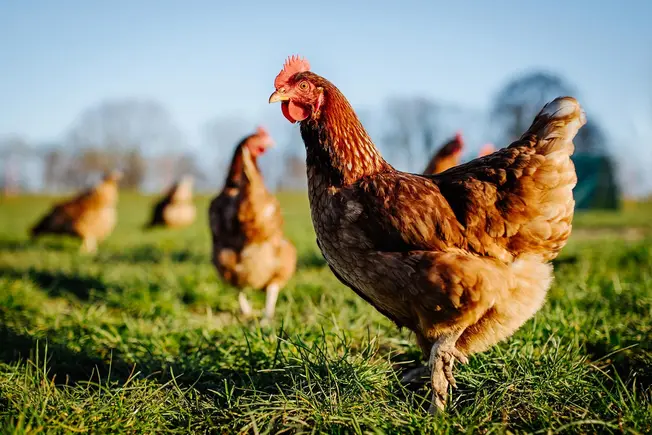
Jungle to Table
Around 2000 BC, people in India began domesticating the Southeast Asian red jungle fowl. Today its descendant, the chicken, dominates plates around the world. Americans eat more of it than any other protein. The average person has more than 98 pounds of chicken every year.
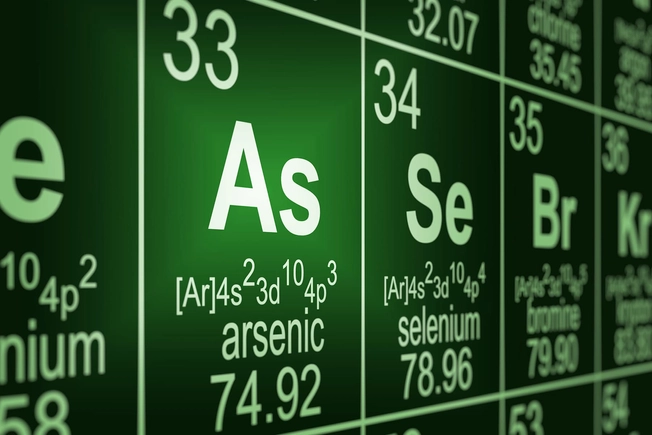
Arsenic Levels
For decades, poultry producers added the arsenic-based drug roxarsone to chicken feed. It made the chickens grow faster and gave their raw meat an attractive pink color. This drug hasn’t been on the market since 2011, but many other arsenic-based drugs are still part of chicken feed. Even at low levels, arsenic can cause cancer, heart disease, and diabetes. If you’re concerned, stick to certified organic chicken, which doesn’t allow arsenic in the feed.
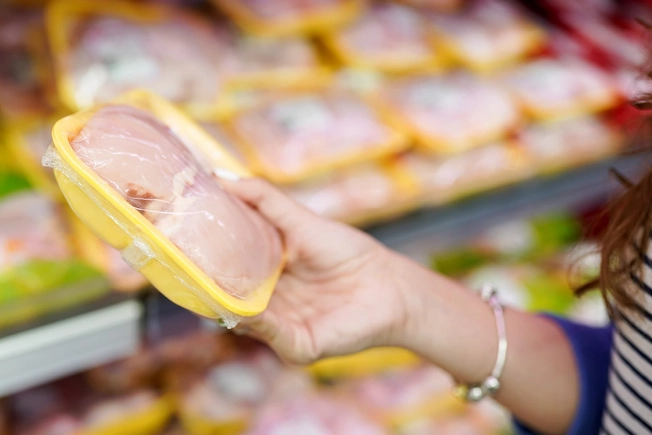
Know Your Labels
The “inspected for wholesomeness” seal shows that the U.S. Department of Agriculture or a state agency inspected your chicken and found no signs of disease. Other labels tell you more about how the chicken lived. Chickens labeled organic got organic feed and didn’t live in cages. Free-range fowl either lived outside or had access to the outdoors. Cage-free means they didn’t stay in cages, but it doesn’t mean they had outdoor access.
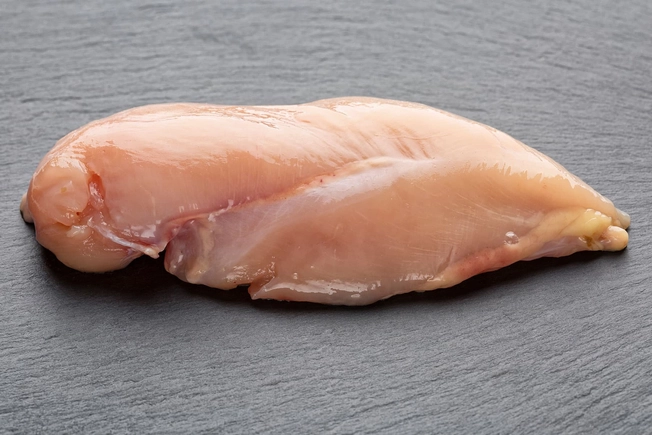
Nutritional Value
Chicken has just as much protein as beef and pork without all the fat and calories. One 268-calorie breast has 33 grams of protein to support your bones, muscles, skin, blood, and immune system. It also has almost 10% of the magnesium you need every day, plus iron to carry oxygen to your cells. Bonus: Chicken has high levels of tryptophan, an essential amino acid that makes mood-boosting serotonin.

Chicken and Cholesterol
New evidence is shaking up the long-standing theory that chicken is better for your cholesterol level than other meats. A recent study found that all meats affect your cholesterol the same if they have the same amount of saturated fat. On its own, one chicken breast has 63% of your recommended daily cholesterol. Choose skinless chicken, baked not fried, for the least amount of saturated fat possible.

Healthy Serving Size
There’s a big difference between serving size and portion size. Serving size is the recommended amount for a healthy diet; portion size is the amount you choose to eat. One serving of cooked chicken is 3 ounces. That’s about the size of a deck of cards, and much smaller than a restaurant-style chicken breast.

Inexpensive and Versatile
Chicken flies off the shelves for two reasons: its price and its many uses. It’s much cheaper than beef or pork because there’s more of it. U.S. facilities process more than 9 billion chickens every year. Compare that to 32.2 million cattle and 121 million hogs. You can cook chicken just about any way. And it’s mild enough to work in many dishes, from enchiladas and stir-fry to chicken Parmesan.
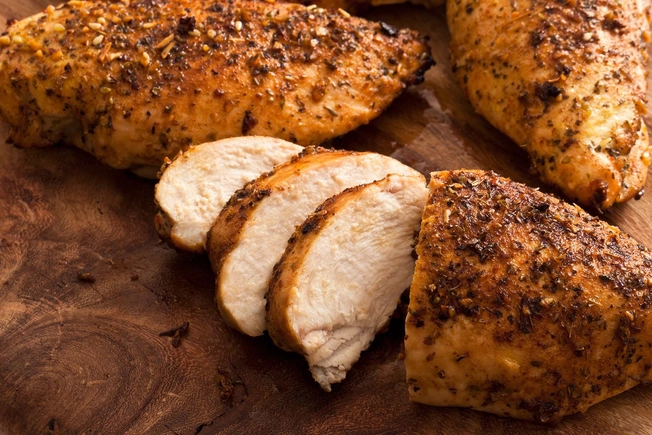
Best Cuts
The leanest, healthiest piece of chicken you can eat is a skinless white-meat breast. When you roast chicken, leave the skin on to seal in moisture and flavor. Then remove it, and any fat underneath, before you eat. Watch out for ground chicken. It may not be as lean as you think. It often contains dark meat and skin. Look for a label that says 90% lean ground meat.
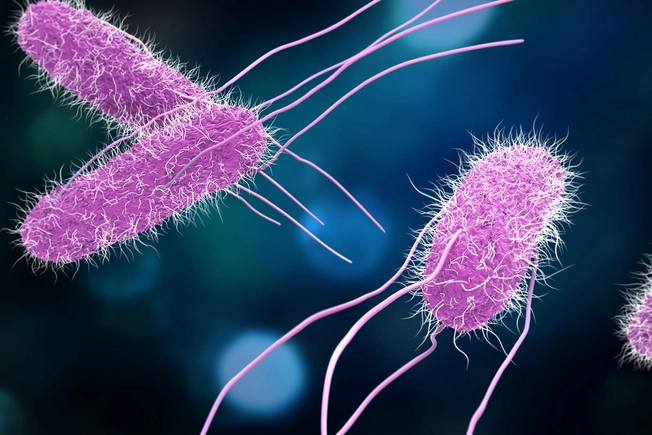
Foodborne Illness
Chicken is good for you … as long as you cook it properly. Bacteria love raw chicken. The most common kinds are campylobacter, salmonella, and Clostridium perfringens. About 1 million people get sick every year after eating poultry with one or a combination of these types of bacteria.

To Wash or Not to Wash
No matter what the recipe says, don’t wash raw chicken before you cook it. You can’t wash off bacteria, but you can spread it to your sink, kitchen counter, utensils, and other foods nearby.

Know The Temps
Whether you bake, roast, broil, poach, microwave, or fry chicken, make sure it reaches an internal temperature of 165 F. That’s the only way to kill all the bacteria. Store cooked or raw chicken in the fridge at 40 F or lower. That’s also the safest place to thaw chicken, not on the countertop or in cold water.

Handle Chicken Safely
Bacteria live on raw chicken and in its juices. Whenever possible, put chicken in a disposable bag in the grocery store to keep it from touching other foods. At home, wash your hands with warm, soapy water before and after you touch raw chicken. Use a separate cutting board, and clean anything that touches the raw chicken after you use it.
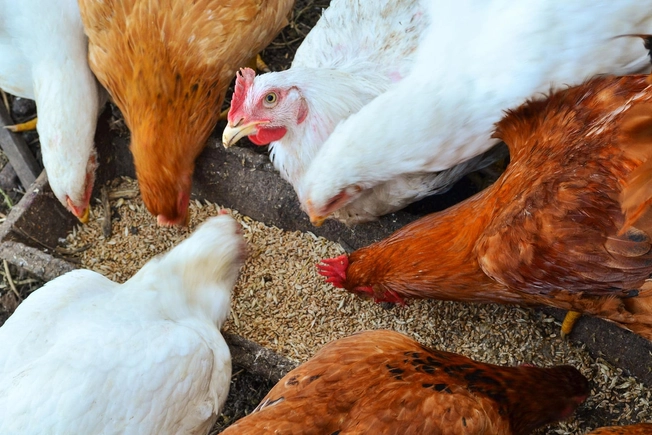
Antibiotic Risks
As a way to control disease, some chicken producers put antibiotics in the feed or drinking water they give their flocks. The medicines aren’t harmful to you or the chicken, but they can make you resistant to antibiotics you might need to fight your own diseases. If this concerns you, look for labels that say the chicken is antibiotic-free.
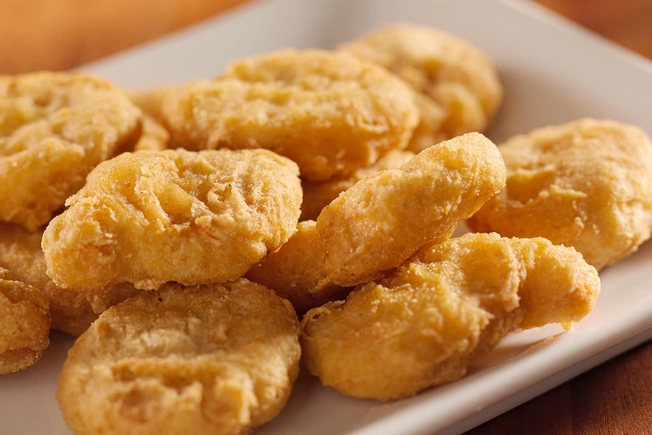
Nugget of Truth
There may be a lot more than meat in your chicken nugget. Studies on nuggets from fast-food chains found they’re half meat. The other half consists of fat, blood vessels, nerves, bone pieces, connective tissue, and other fillers. All chicken is processed, but if you want the healthiest version possible, stick to whole cuts, like breasts or thighs.